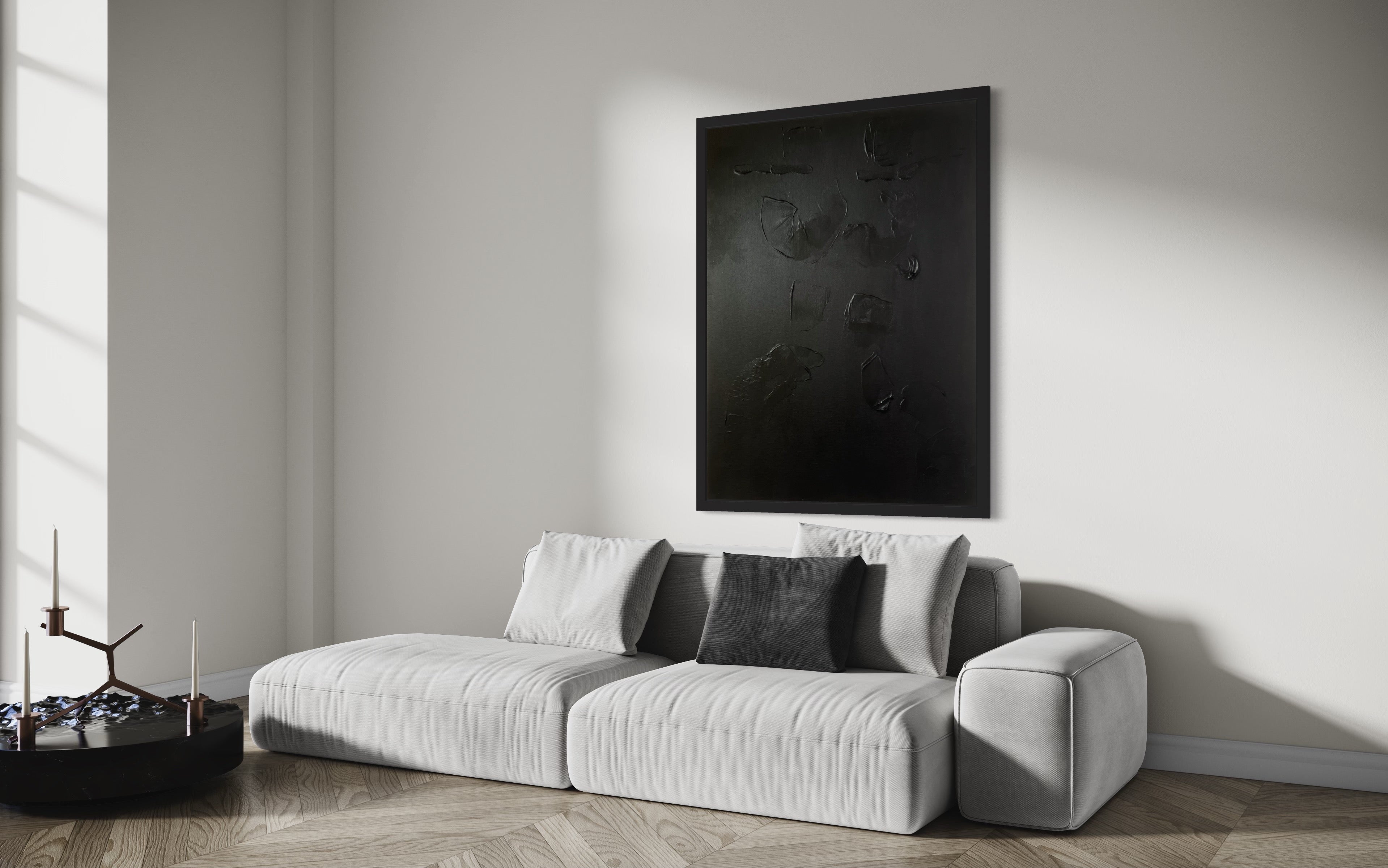
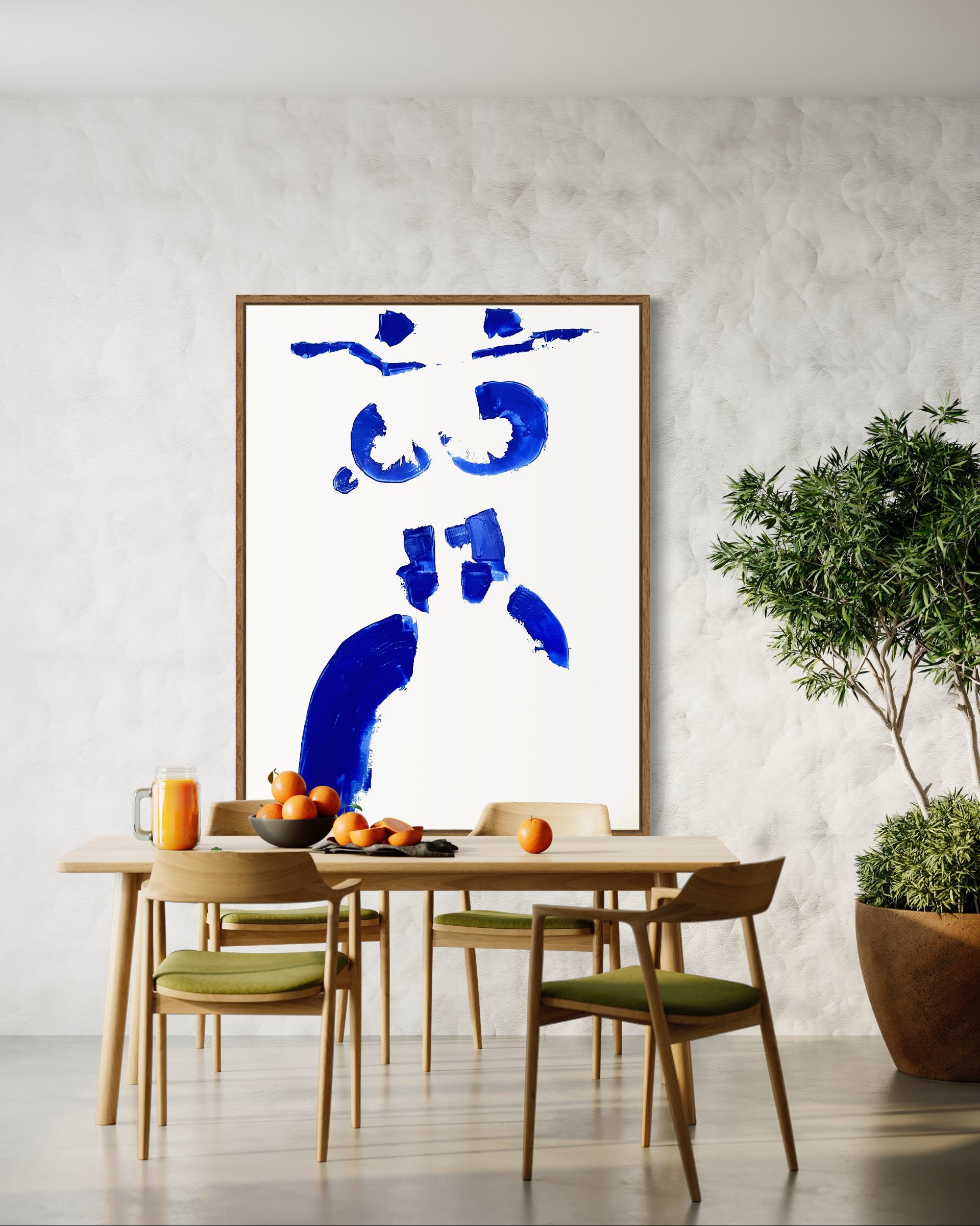
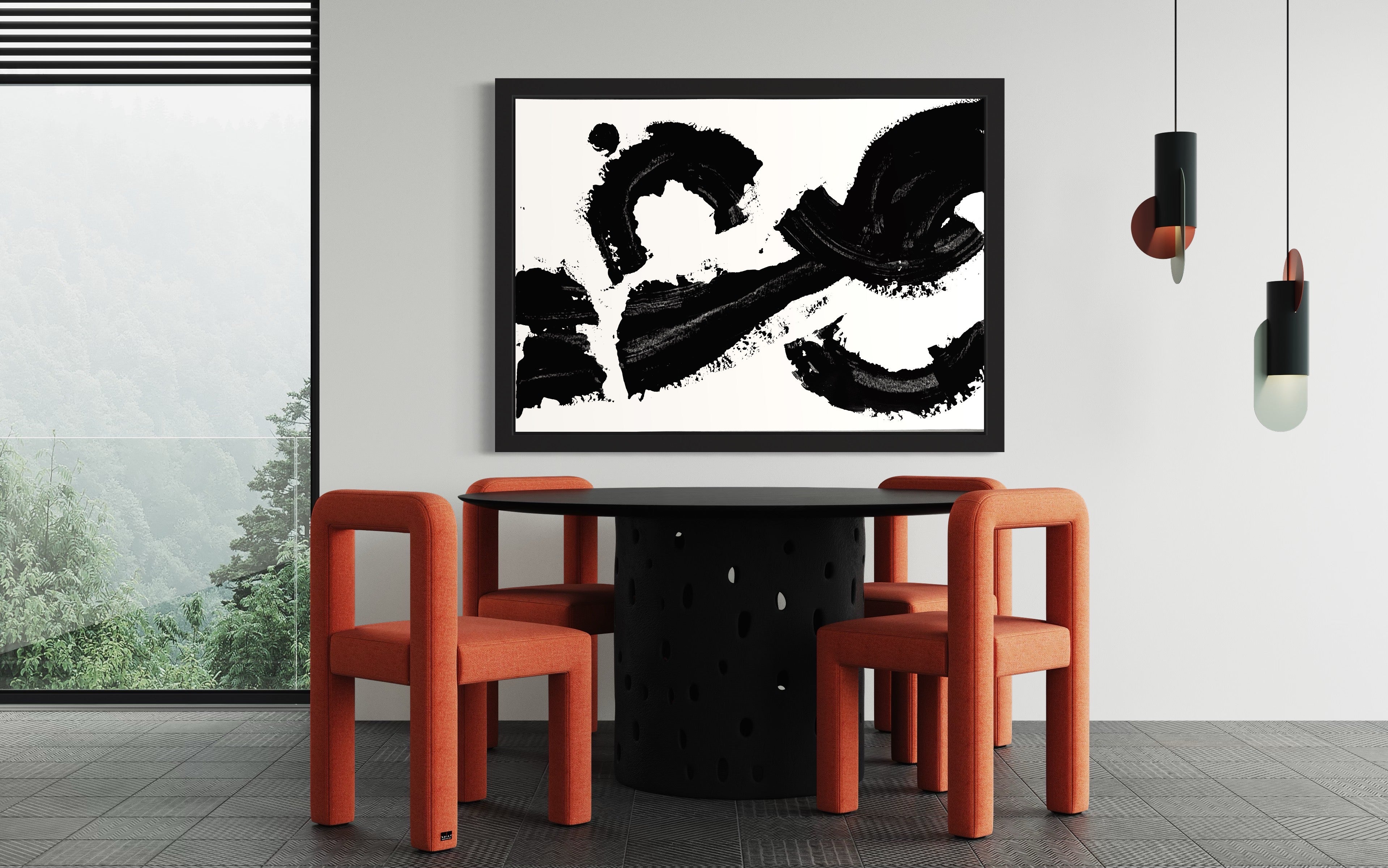
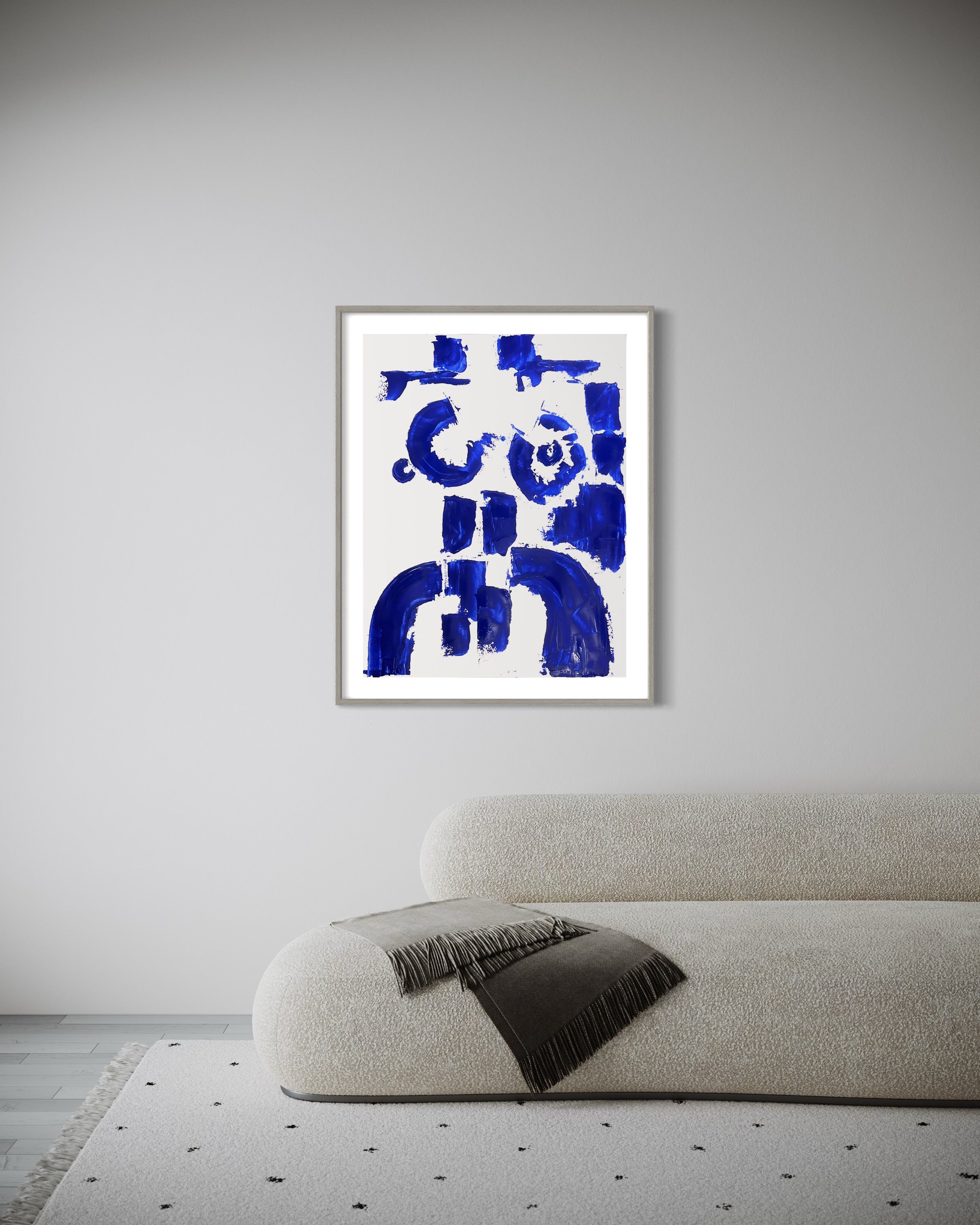
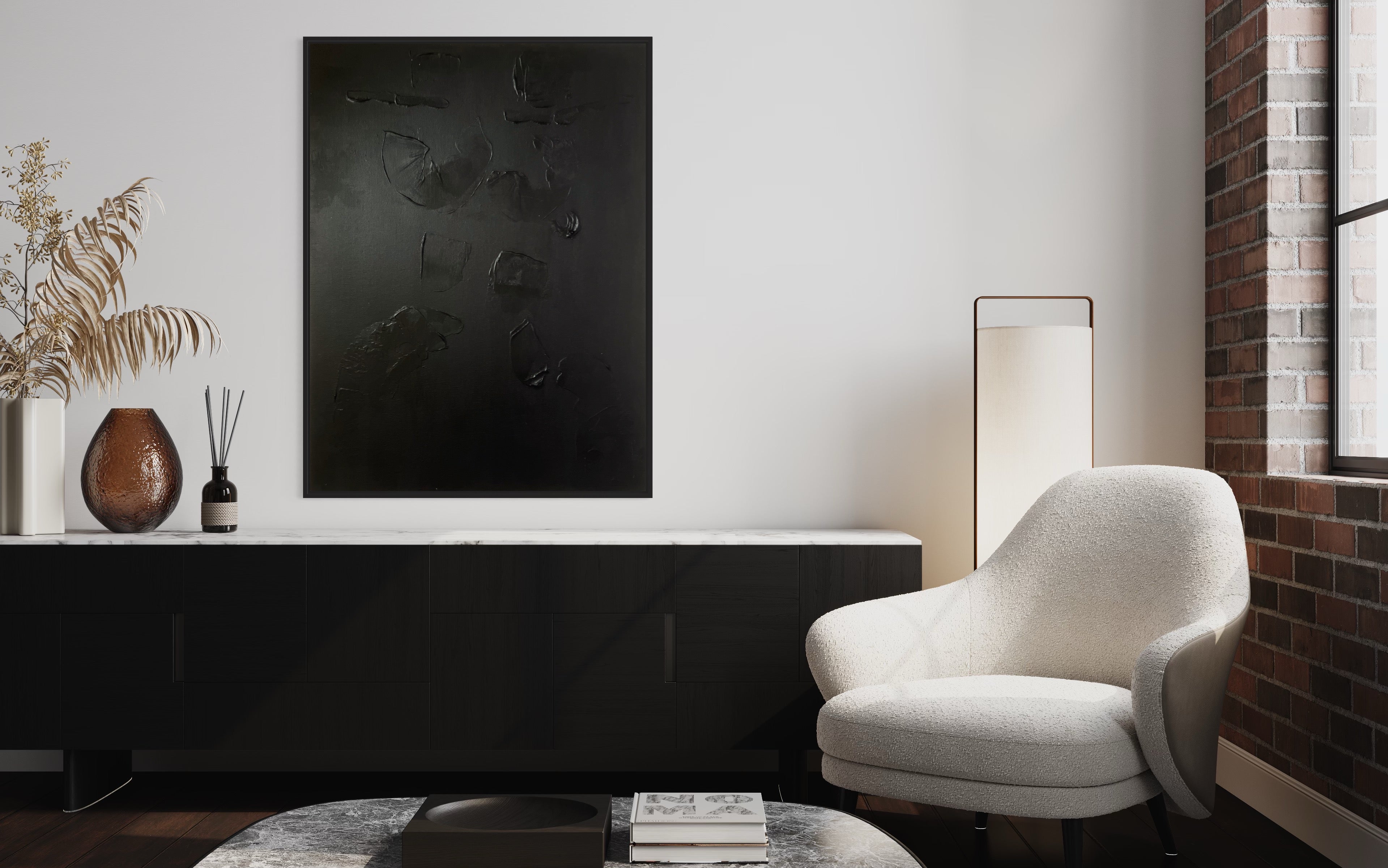
HOME DECOR LAUNCHING SOON
KEL IS CURATING AN ECLECTIC ASSORTMENT OF INTERIOR DECOR THAT SEAMLESSLY COMPLEAMENT KEL STUDIO ART TO AID IN THE CREATION OF YOUR IDEAL HOME SANCTUARY
GET EXCLUSIVE ART DROPS
INVEST IN ORIGINAL ART COLLECTIONS
-

THE +COLOUR COLLECTION
The +COLOUR Collection. A series of original paintings constructed to provoke the...
-

THE DARK COLLECTION
In this collection, 'The Dark Collection'. KEL confronts pressing issues of oppression...
-

THE BLACK & WHITE COLLECTION
This art collection like others created, delves into the personal depths of...

MEET KEL
Meet, KEL. Artist and owner of, KEL STUDIO LND.
Dedicated to weaving a unique narrative around the aesthetics, essence, and inner complexities of the female form and its place in today's society.
In addition, KEL STUDIO is currently curating an eclectic array of interior décor pieces that harmoniously complement original artworks, aiding in the creation of your ideal home sanctuary.
GET EXCLUSIVE ART DROPS
KEL STUDIO LND
INVEST IN ART TODAY
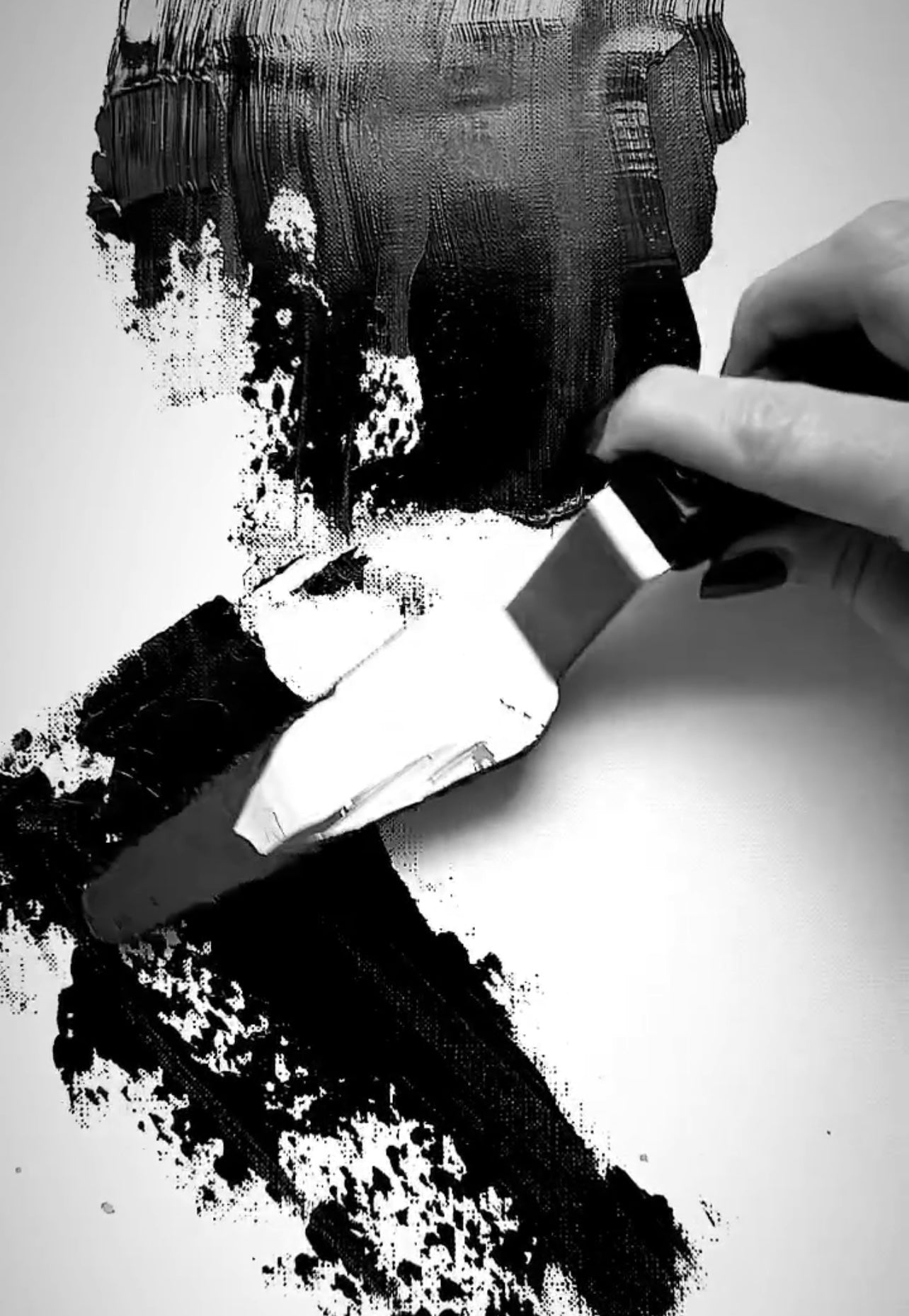
Potential for Appreciation
Art has the potential to increase in value over time, making it a viable investment option. As artists gain recognition and their works become more sought after, the value of their art can appreciate significantly. This makes art a unique and potentially profitable addition to your investment portfolio.
Supporting Artists
Buying art directly supports artists, enabling them to continue their creative endeavors. Supporting emerging artists can have a significant impact on their careers, fostering artistic innovation and cultural development. By investing in art, you contribute to the growth of the artistic community and help artists thrive.
Emotional Connection
Art has the power to evoke emotions and create a connection with the viewer. Owning a piece of art that resonates with you on a personal level can bring joy, inspiration, and a sense of fulfillment. The emotional value of art goes beyond financial considerations, enhancing your overall well-being.
Diversification
Art offers diversification in your investment portfolio, reducing risk by spreading investments across different asset classes. Since the art market operates independently of traditional financial markets, it can provide a hedge against economic downturns and fluctuations in other investment sectors.
Cultural and Historical Significance
Art reflects the cultural and historical context of its creation. By investing in art, you contribute to preserving and promoting cultural heritage. Owning artworks from different periods and artists allows you to appreciate and learn about diverse art movements, styles, and narratives.
Potential Tax Benefits for Collectors
Capital Gains Tax: In many jurisdictions, art is considered a capital asset, and profits from the sale of art are subject to capital gains tax. However, there may be favorable tax rates for long-term investments. For example, in the United States, collectors who hold onto their art for more than one year may qualify for the long-term capital gains tax rate, which is typically lower than the ordinary income tax rate.
Tax Deductions for Donations: Donating art to qualified charitable organizations can provide collectors with significant tax deductions. In the United States, donors can deduct the fair market value of the donated artwork from their taxable income, subject to certain limitations and appraisals.
1031 Exchange: In the U.S., the 1031 exchange, also known as a like-kind exchange, allows investors to defer capital gains taxes on the sale of art (or other investment properties) by reinvesting the proceeds into a similar asset within a specific timeframe. This strategy can be useful for art investors looking to diversify their collections without triggering immediate tax liabilities.
Estate Planning: Including art in estate planning can offer tax advantages for heirs. Proper estate planning strategies, such as establishing trusts or making use of the annual gift tax exclusion, can help minimize estate taxes and ensure a smooth transfer of art assets to beneficiaries.



